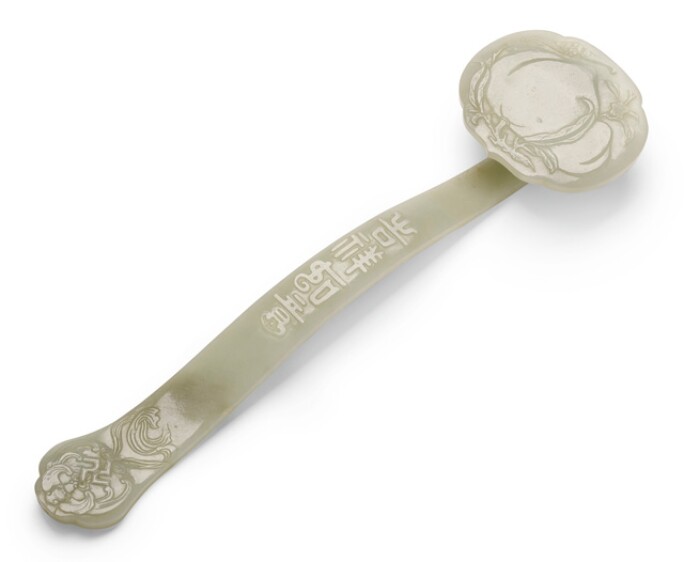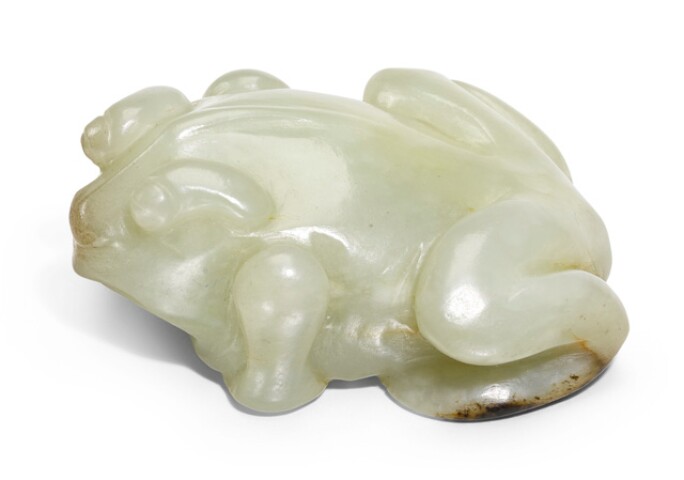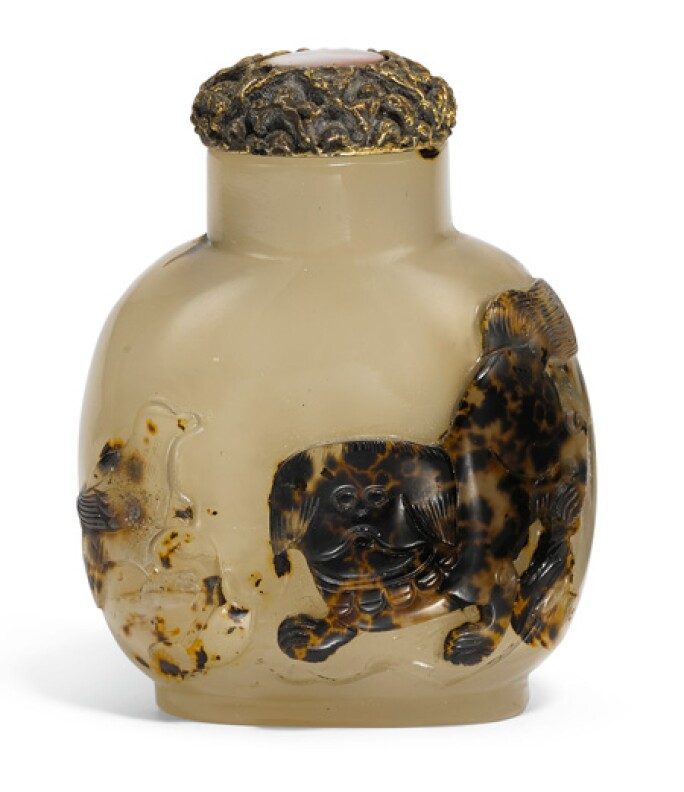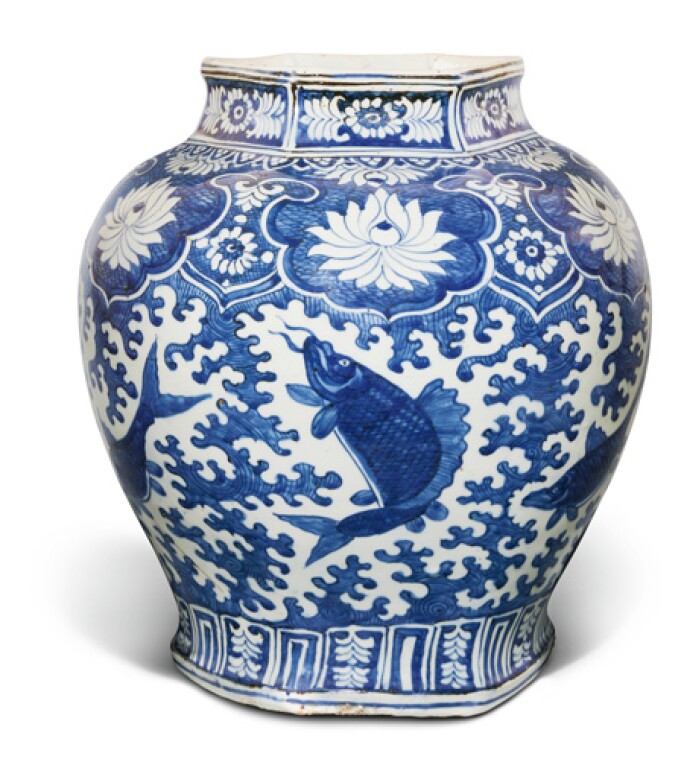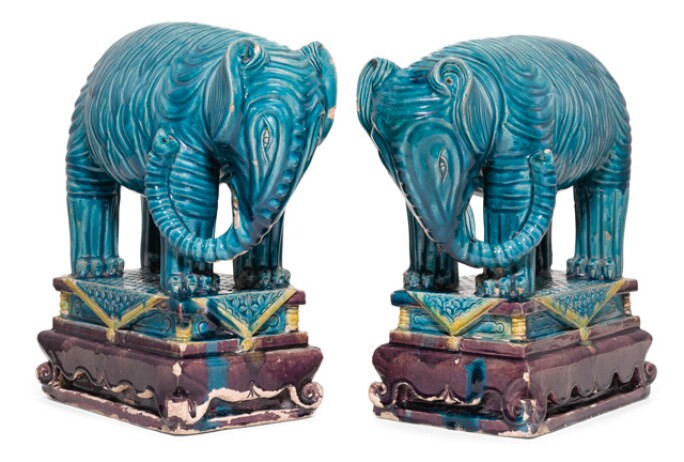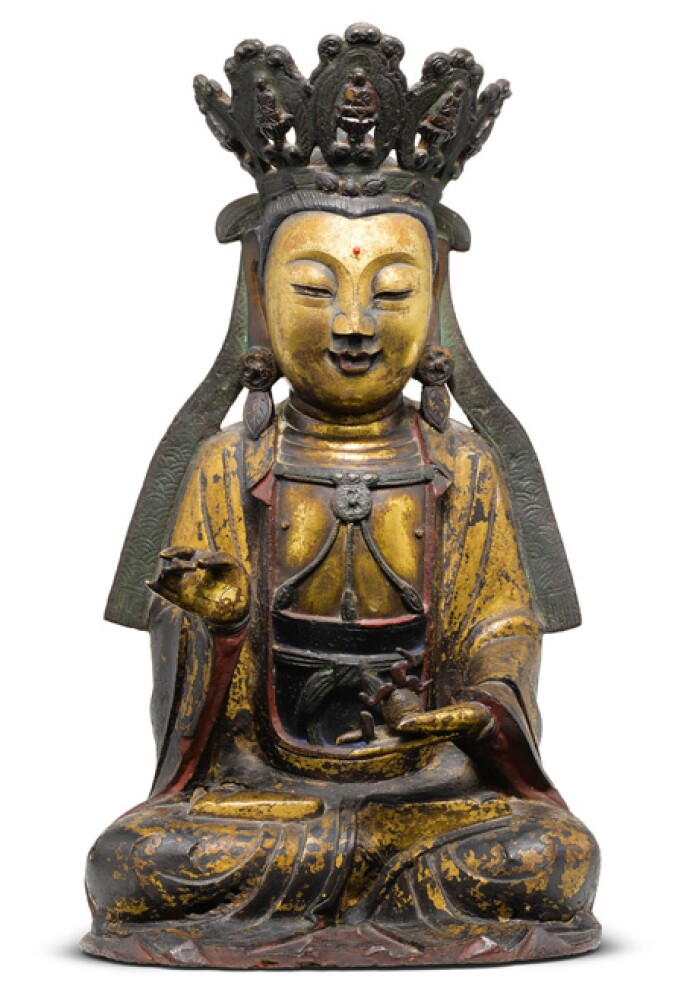A question we are often asked is, ‘Where do I start in forming a collection?’ When the price tag is not an issue, it can be somewhat easier to start based on the typical characteristics of great individual pieces: quality, rarity, history…
For the majority of us, our budget can feel like a constraint, whether we have extensive or limited knowledge of the field. However, our individual quirks and minor obsessions can form the foundation of a surprisingly well-curated collection that reflects the spirit of the collector – a mark of a noteworthy private collection. Our St George Street Sale of Chinese Art in London on 18 May presents several such collections: pieces gathered over time to expose a journey of what started from a general attraction to increased appreciation.
A Matter of Taste
Our personal likes and dislikes direct our taste in artworks and this trigger is the ideal place to start a collection. Just as our wardrobes reveal our stylistic passage over the years, collections bear the mark of contemporary aesthetics, personal preferences and social circumstances through the decades. Monochrome Song ceramics often appeal to the minimalist Scandinavian aesthete while bright cloisonné enamels draw the attention of lovers of bold prints. Originally inspired by Byzantine metal work, cloisonné enamels began production in the 13th/14th centuries and consisted of creating metal-bodied wares which were carefully decorated with metal wires to form ‘cloisons’ within which crushed glass was placed then fired. Collections have also been formed based on preferences, including particular materials (such as porcelain), types of objects (such as snuff bottles), borderline obsessions (animals is often a favourite), and historical periods (such as the Ming dynasty).
An Enduring Allure
Without realising its cultural significance, the material of jade itself drew one collector towards jade carving. Its tactility and cloudy hues provided a subtle canvas on which to capture attractive designs. Due to the relative hardness of jade, which measures approximately 6.5 on the MOH scale, it cannot be carved so was traditionally worn down – a time-consuming process which required both patience and skill. The result: a carving that feels almost sticky to the touch, with pleasingly smooth surfaces without the appearance of being over-polished. Valued in China for millennia for its legendary association with immortality, jade carvings were produced with the aim of wasting as little of the material as possible. They often followed the shape of the pebble or cleverly worked the russet coloured skin of the stone into the overall composition.
How items feel in the hands, particularly for Chinese ceramics and works of art, can naturally draw us into an area from which to start.
An Instant Connection
Sometimes we can come across a piece that seems to connect with us; something about how it feels in the hand, the imagery of the subject, or even how perfectly it would adorn a space in the home. Even after seeing a hundred objects, that particular piece draws us back for a second, or third, appreciation.
MING DYNASTY, WANLI PERIOD. ESTIMATE £3,000-5,000.
The bold design of carp, all rendered in a vibrant cobalt blue, appealed to the Chinese court for its auspicious association with bearing many noble sons. Carp were particularly favoured as according to legend those that managed to swim upstream and leap at the falls of the Yellow River at Dragon Gate would be transformed into a dragon. This imagery symbolised success in the civil examinations. China pioneered the development of high-quality porcelain wares, frequently decorated with underglaze blue, and demand for such wares quickly grew in the West, leading to the mass production of export wares in the sixteenth century. Designs for such wares ranged from Western-inspired themes to traditional Chinese motifs, which enhanced the collector’s exotic persona.
A Deeper Appreciation
A thorough knowledge on an object can influence appreciation while not necessarily crossing the line of desiring it. On the other hand, aesthetic appreciation can be all that is required to decide to acquire it. While knowledge can be useful in contextualising, understanding and appreciating the production of a piece, it can come after and deepen the initial attraction.

Carved lacquer often has this initial effect on newcomers to Chinese art: the complexity and intricacy of detail in the carved designs are astounding, and can be fully appreciated when considering the labour-intensive and unforgiving process of manufacture. Layers upon layers of thin coats of lacquer were patiently applied over a wood or sometime metal core, which was carved through once a suitable thickness, was achieved. Scenes and geometric designs often borrowed from woodblock prints of popular literature, while also mirroring contemporary tastes in the secondary decorative bands.
A Winning Combination
If already collecting in other areas, it can sometimes help to look at the collection as a whole. Vibrant contemporary paintings may be accentuated by large scholar’s rock, classic interiors accented with a Tang horse (as seen in Richard Gere’s penthouse apartment in the film Pretty Woman), or an eclectic mix of cultures supplemented with a gilt-bronze figure. The Curiosity sales in Hong Kong have successfully married different genres, historical periods and media from around the world, proving the cult of the personality in boldly curating a highly individual collection.
VIEW FULL CATALOGUE OF THE SALE HERE.


